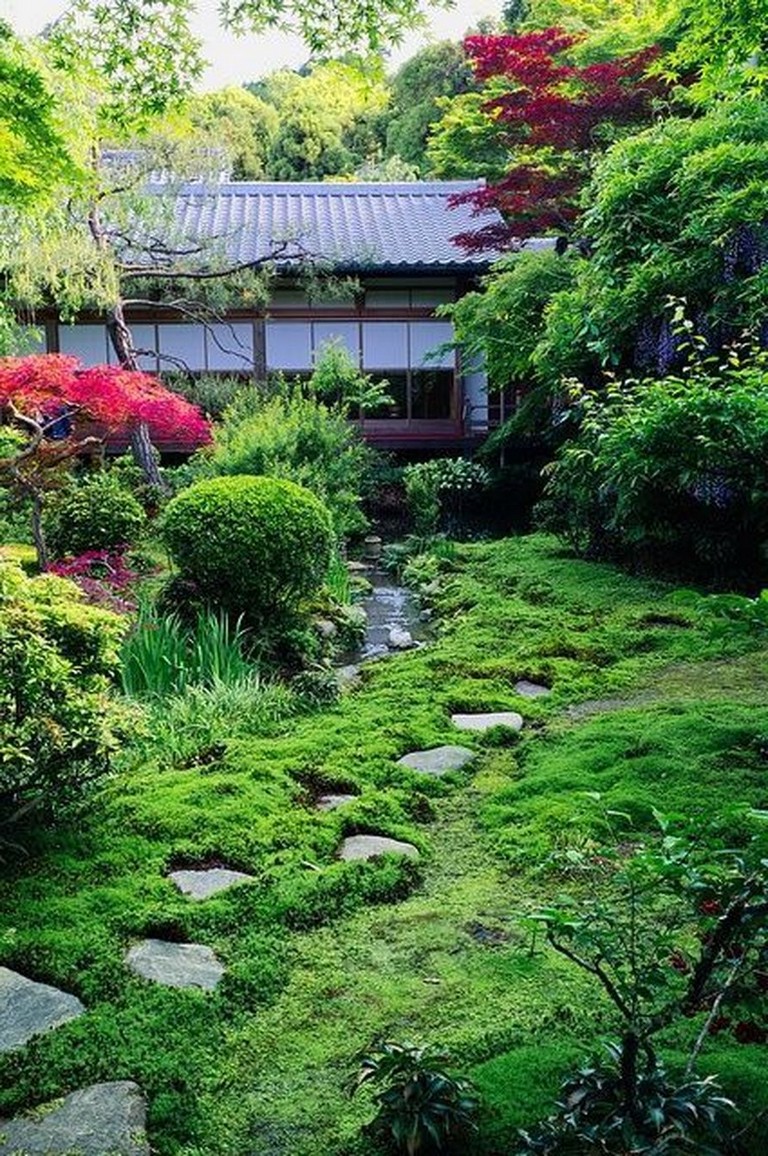

Individual elements hold deep symbolic meaning. Use a muted color scheme to relax the mind and create a soothing environment. Keep it simple.A Zen space should be simple and uncluttered, which will elicit a feeling of calm. Bigger stones can easily overwhelm a small space, while small rocks can get lost in a more sweeping landscape. Consider scale.Use materials that are in scale with the size of the garden room as well as the rest of your yard. Create a space that you will look forward to spending time in. Make it inviting.Ĭhoose aspects of Zen gardening that please you the most and tailor the garden to suit your tastes. Don’t be afraid to experiment with different looks. Though authentic Zen gardens have few plants and no water features, there are many variations in Zen design where water and plants can play a more prominent role. If you are using larger rocks, it’s important to know ahead of time where to site them since they are a challenge to lift and set into place.
#Zen garden professional#
For a more elaborate project, you may want to consult a professional landscape designer. Draw a design.Ĭreate a rough sketch to visualize your finished space. Your Zen garden should promote most or all of these concepts. Zen gardens are structured around seven guiding principles: Austerity (Koko), Simplicity (Kanso), Naturalness (Shinzen), Asymmetry (Fukinsei), Mystery or Subtlety (Yugen), Magical or Unconventional (Datsuzoku) and Stillness (Seijaku). Make an idea board or wish list of attributes you want to include.

To get ideas for how you want your space to look, peruse various resources such as the internet, books, and visit local gardens with Zen spaces. Make preliminary measurements to help visualize the finished room. What part of the yard would be suited to a meditation space? How big will it be? Choose a flat, out-of-the-way corner or narrow side yard that is suitable to build a comfortable area to meditate. Outdoor meditation room with bench and statuary surrounded by plantings.
#Zen garden how to#
Here’s how to get started on designing your own garden space using Zen principles. The basic tenets of Zen gardening can be tailored to suit your own tastes and style. Since the focus is on hardscaping, there is little seasonal change and the garden has year-round appeal. Man-made components include bridges, statuary and stone lanterns, with an enclosing wall or fence to separate the space from the outside world. WHAT IS A ZEN GARDEN?Ī traditional Zen garden, known as karesansui, is a minimalist dry landscape comprised of natural elements of rock, gravel, sand and wood, with very few plants and no water. Aspects of Zen design can be incorporated into any home landscape. Zen gardens were originally developed by Japanese Buddhist monks as places for meditation. This concept can be expanded upon to create a dedicated space for quiet contemplation. See what a zen garden is used for > here.For many people, their yard is a refuge from the outside world, where they can unwind after a hard day’s work. They also add interesting, relaxing and decorating elements to your zen garden. More modern dry zen gardens will have plants, mosses, and even water features. The placement is all intended to please your eyes and bring a sense of calm when viewing the scenery. Using them to draw asymmetrical triangles is common as is placing taller rocks to the back of the smaller ones. In most cases, the placement of the stones in the zen garden is deliberate. Little outcrops and even islands are part of that. With the sand, your meditation won’t be suddenly disturbed by water sounds.Īs for the stones or rocks, they represent common features in the riverine landscape. So, using sand (or gravel when there is wind) is the perfect substitute to maintain the quiet and the calm. And circular ripples always form around rock outcrops in the water.ĭroplets falling and sploshing, while calming in its own right, can be loud and noisy. If water droplets fall into a calm river, there will be circular ripples. So all the patterns drawn in the sand – circular and line patterns – represent the ripple effects. The sand or gravel symbolizes water and, in nature, water usually has ripples. Traditional dry zen gardens contain sand or gravel and stones.


 0 kommentar(er)
0 kommentar(er)
